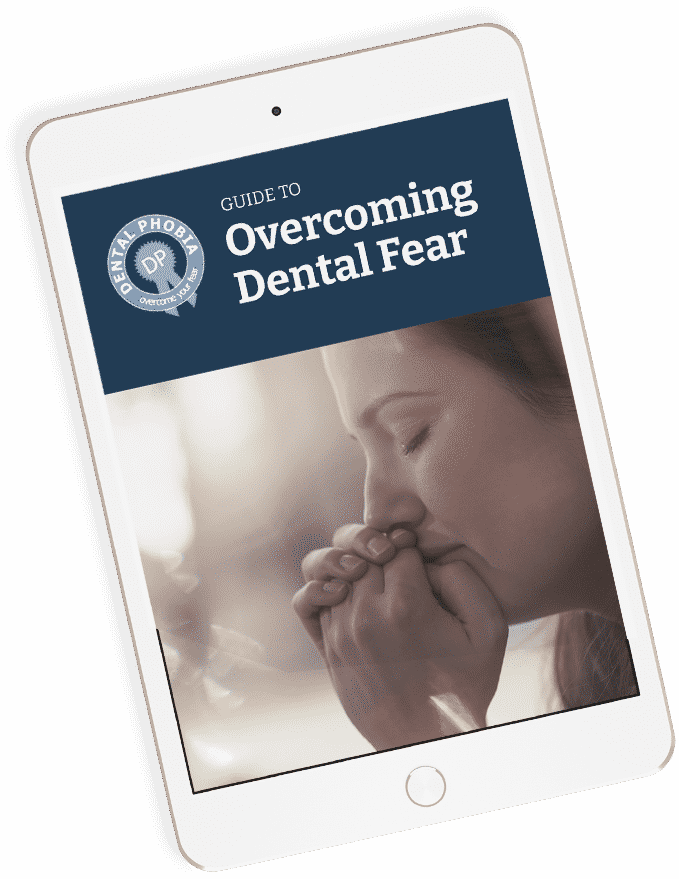

What about special needs patients?
Everyone deserves quality dental care. However, not everybody is able or comfortable enough to enjoy care in a standard dental practice.
Some people need specially designed environment or equipment so that care can be provided safely. For example, if a patient has physical disabilities, they may struggle making it to the dental practice by themselves.
Alternatively, they may find it uncomfortable lying still while treatment takes place.Others with learning disabilities may suffer from dental phobia and panic attacks, so they need extra reassurance and careful treatment Finally, people suffering from different types of medical problems may pose dentists different types of unforeseen challenges – what if a person has a guide dog, an interpreter or a carer? How does the patient-dentist relationship work in this sort of scenario?
One of the key factors that makes treating people with special needs more problematic is the issue surrounding communication. When a dentist is unable to build a relationship with their patient, to talk about particular treatments and to manage their behaviour effectively, this can lead to a poor quality patient experience. It is exactly this type of experience that can make people dental phobic –so it is easy to understand how special needs patients can find visiting the dentist much more difficult, more challenging and more frightening.
How can carers help?
People with special needs are those whose dental care is complicated by a physical, mental, or social disability. In the past, they have often tended to receive less oral health care, or of lower quality, than the general population – yet the fact is that they sometimes actually need dental care more than most other people. Occasionally, a lack of dental care for patients with special needs can impair their diet and lead to wider ranging health problems.
Carers can provide a lot of help to both the patient and the dentist, as preparing patients for dental care often begins long before they arrive at the practice. Often, special needs patients will be referred by their doctor or dentist to a practice that suits their requirements. Therefore, as the carer, you should be prepared to provide the new dentist with details of the patient’s medical history and current medication – including things like inhalers, prescribed medicines, allergies and phobias. It is also good for the dentist to know about any worries, fears or issues the patient has, so that they can ensure that the patient feels as much at ease as possible.
Carers can often provide that all important link between what a dentist sees and how a patient feels. Where a dentist may simply see a patient who is difficult to treat, a carer may know that this is because the patient has spent all day worrying about the appointment. Next time, a morning appointment might be better.
It is these sorts of details that can help patients with feel special needs much more reassured about visiting the dentist in the first place.
What can dentists do differently?

Care for patients with feel special needs requires dental skills that are up to date. Nowadays, many universities offer courses and qualifications in treating patients with special needs, as it is seen as an acquired skill.
One of the most important things that many dentists who are in a routine forget is that they need to take their time. More time is required to provide simple services for special-needs patients than for nondisabled patients. To help themselves relax – which in turn will help the patient relax – dentists should schedule their time effectively to include behaviour management, as well as treatment time. Straightforward, process-driven issues such as this are often found to be at the heart of finding a practice that suits and is tailored to patients with special needs.
A properly trained dentist will understand how difficult it is for phobic patients to relax. Even in the case of special needs patients, who may find it difficult to articulate their fears and feelings (especially in a dental setting as they try to have their teeth examined), dentists with the right sort of training will always place great emphasis on time and communication. By taking the treatment more slowly than normal, they help the patient to acclimatise to the practice.
Dentists in this kind of scenario need to understand how best to communicate with individuals – it could be through sign language, through simplified descriptions, or simply by adopting a more soothing tone of voice. Some dental practices have even begun to offer services like massages, to help phobic patients relax even more before treatment.
It could be that a standard dental practice has just as much success as a practice that specialises in patients with special needs and phobias. What is most important is that your dentist understands how to adapt and create the right sort of patient experience for each individual. It’s achieved by working closely with carers, building strong relationships with patients and by moving the treatment forward at a pace the patient feels comfortable with.
What if it doesn’t work?
What other options are there? Some dentists may offer home or ‘domiciliary’ visits for people who are housebound or who have difficulty visiting the surgery. However, treatment options are limited outside the surgery. While the patient may feel more comfortable, are they still able to receive the appropriate level of care?
In particularly difficult cases of patients with special needs suffering from dentophobia, intravenous sedation can be used. This can relax and calm the patient, although the patient is still conscious and aware and can also talk to the dentist. There are important factors that influence whether or not a patient is an appropriate candidate for this type of medication. Factors such as weight, age and medical condition will all play a part in making a decision. This should be clarified during the initial meeting with the dentist consultation to decide what the right approach should be. Normally, the patient would be referred to a specialist clinic for this type of treatment, as it is not a procedure performed by the majority of dentists.
Relative Analgesia (RA) can also provide patients with the sedation required to allow safe treatment. Relative Analgesia (RA) is a technique that supplies a mixture of nitrous oxide and oxygen gases through a facemask. All the patient has to do is breathe normally for the sedation to take effect. Safe and simple, it works for both children and special needs patients, as well as being useful for people with a phobia of needles or injections. That said, it is not suitable for everyone as some medical conditions, such as cerebral palsy or multiple sclerosis, can preclude people. Once again, your dentist can advise you further.

